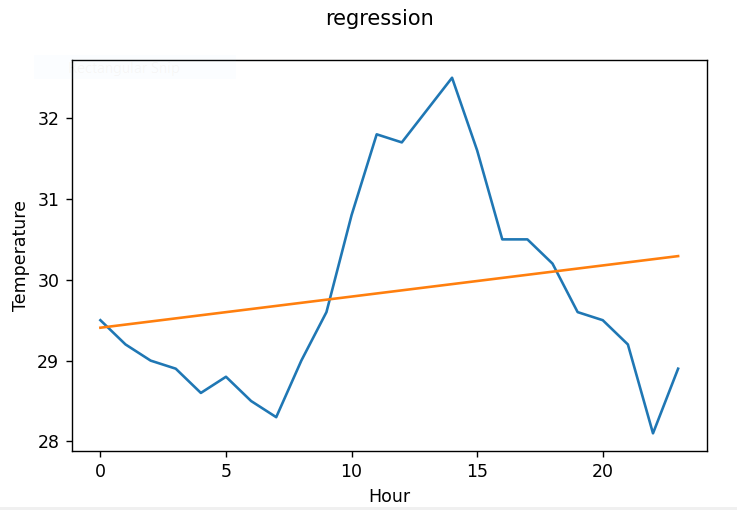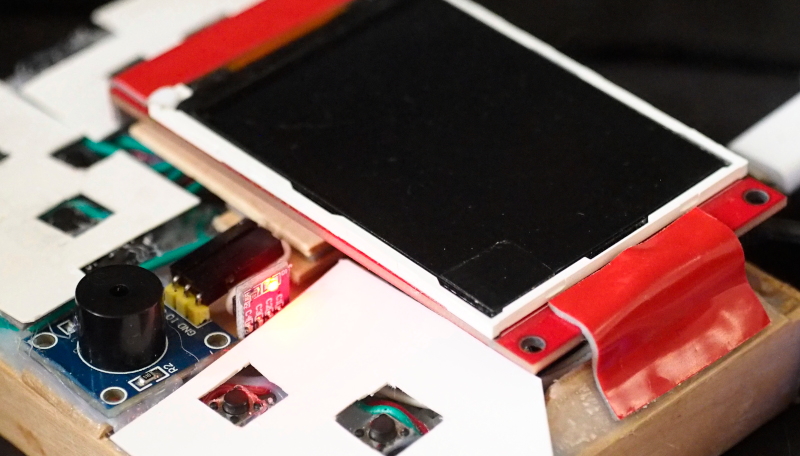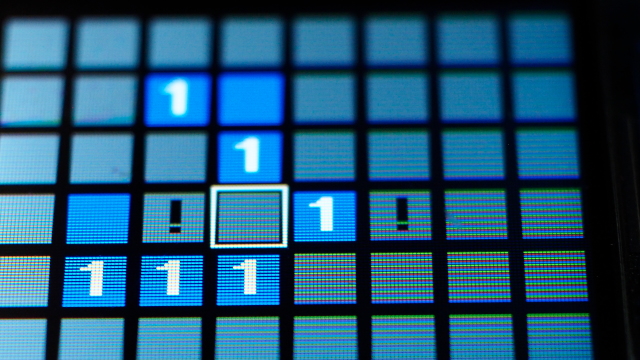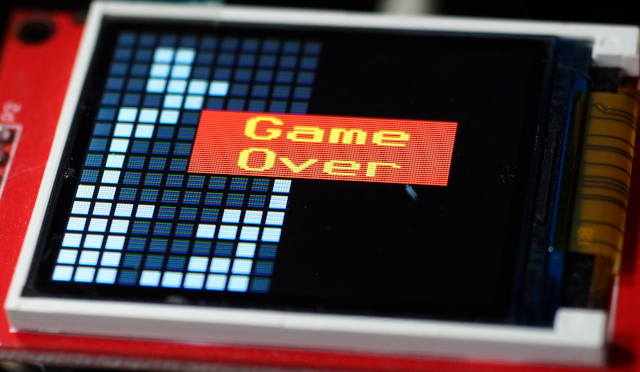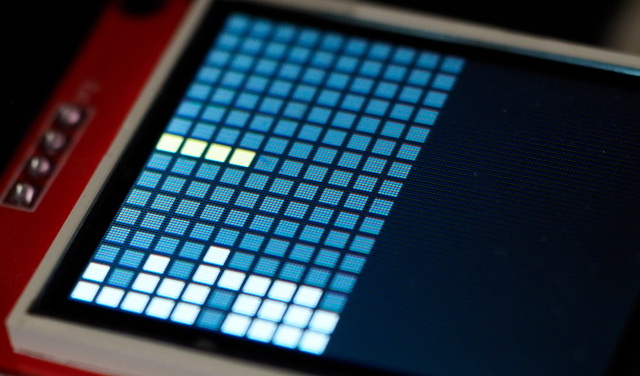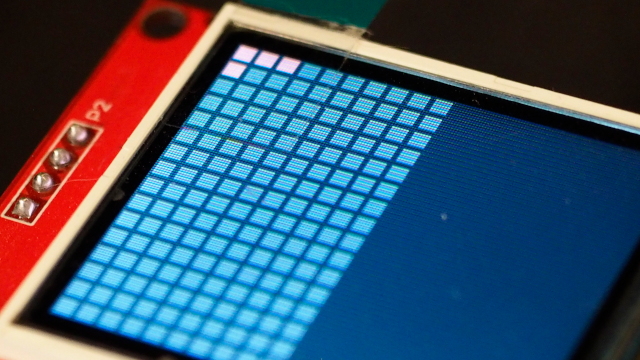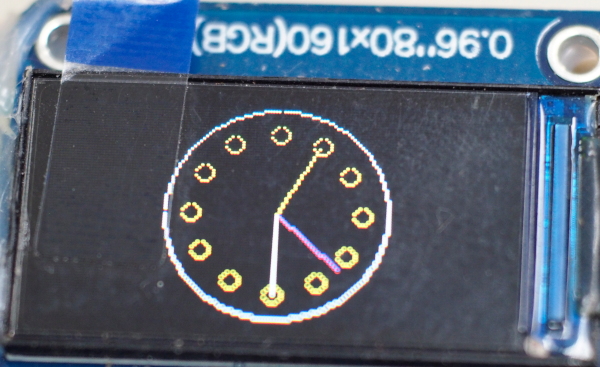[TH] PyTk
บทความนี้กล่าวถึง pytk อันเป็นไลบรารีเชื่อมประสานกับผู้ใช้แบบกราฟิกส์ หรือ GUI (Graphics User Interface) ของภาษาไพธอนที่เรียกใช้ tkinter (TK Interface) ทำให้สามารถเขียนโปรแกรม GUI ที่ทำงานได้ทั้งระบบปฏิบัติการ Windows, Linux และ macOS โดยการทำงานของ tkinter ของไพธอนเป็นการเชื่อมประสานกับไลบรารี Tcl/Tk อีกชั้นหนึ่ง และบทความนี้ใช้ Thonny เป็น IDE ในการเขียนโปรแกรมตัวอย่าและติดตั้งไลบรารี (อ่านบทความการใช้ Thonny)
การใช้งานจะต้องมีไลบรารี pytk ซึ่งสามารถเขียนโค้ดเพื่อทดสอบการติดตั้งไลบรารีด้วยโค้ดโปรแกรมภาษาไพธอนดังต่อไปนี้
try:
import tkinter as tk
except ImportError:
import sys
print("ไม่พบไลบรารี tkinter!!!")
sys.exit(0)
print("พร้อมสำหรับ tkinter")

